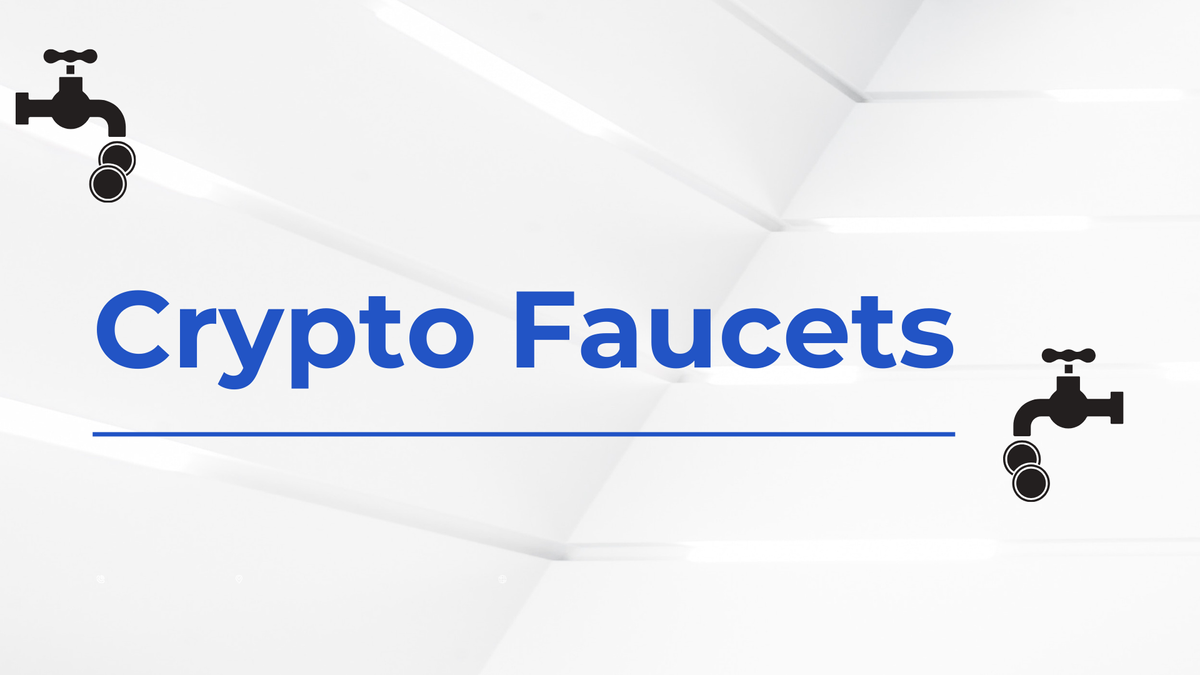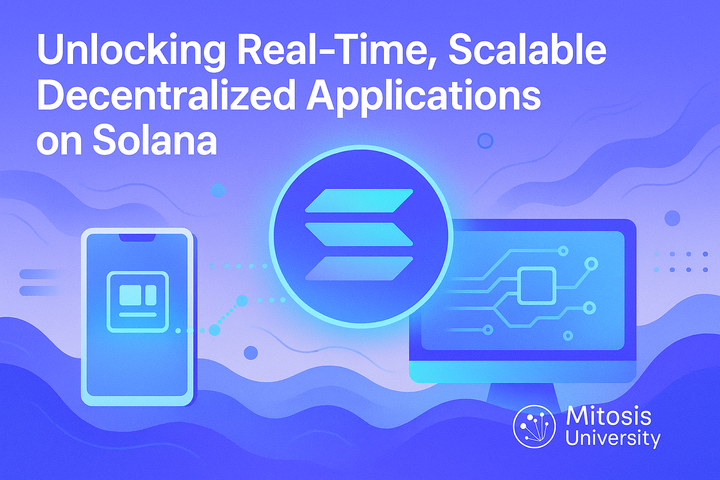Crypto Faucets

Cryptocurrency has revolutionized financial systems, and crypto faucets have emerged as a unique tool for engaging users, particularly beginners.
Definition and Purpose
A crypto faucet is defined as a platform, either a website or an application, that distributes small quantities of cryptocurrency to users for completing simple tasks. These tasks can range from viewing advertisements, participating in surveys, to proving humanity via captchas. The term "faucet" is metaphorical, reflecting the small, drip-like rewards, akin to water from a leaky faucet (Coinbase). The primary purpose is to generate interest in specific cryptocurrencies, encouraging users to interact more, potentially leading to trading or transactions, and serving as an entry point for beginners into the crypto space (MoonPay).
Operational Mechanics
The operation of crypto faucets is straightforward. Users typically register with basic information, such as name, email, and wallet address, and may have a micro wallet created automatically for holding earnings. Tasks vary but often include watching ads, completing surveys, or solving captchas, with timelocks (e.g., claiming every hour or day). Rewards, usually in small fractions like Satoshis for Bitcoin, are added to the micro wallet, and users can withdraw to their main wallet once reaching a minimum threshold, such as $5, though withdrawal fees may apply (Ledger).
For example, Bitcoin faucets require registration, task completion (e.g., captchas, ads), earning Satoshis, and withdrawing above a threshold like 0.0002–0.002 BTC. Ethereum faucets, such as GHOST Faucet, offer up to 0.01 Sepolia ETH daily with no KYC, while others like Alchemy Sepolia Faucet provide up to 0.5 Sepolia ETH daily, requiring 0.001 ETH on the mainnet (CoinMarketCap).
Historical Context
The concept of crypto faucets began with the first Bitcoin faucet in 2010, created by Gavin Andresen, then-lead developer of the Bitcoin network. It rewarded users with 5 BTC for solving a captcha, eventually distributing 19,715 BTC, significantly aiding early Bitcoin adoption by spreading ownership widely and educating users (Binance Academy). Since then, faucets have evolved to support various cryptocurrencies, expanding into standalone businesses and integrating with other platforms to reward users.
Crypto Faucets and Testnets
Testnets are parallel blockchain networks used for testing purposes before deploying on the mainnet, allowing developers and users to experiment with smart contracts and dApps without financial risk. Crypto faucets are vital for testnets, providing free testnet tokens. Examples include:
- Goerli Faucet: Free testnet Ethereum for Ethereum projects (Koinly).
- Sepolia Faucet: Free Sepolia tokens for dApps on the Sepolia testnet.
- Optimism ETH Faucet: Testnet ETH for Optimistic Rollups.
- Rinkeby Authenticated Faucet: Testnet ETH for Rinkeby Testnet, authenticate via social media.
- Sol Faucet: Free Solana tokens for testing on Solana’s testnet.
- Matic Supply: Free Polygon testnet tokens for development.
These faucets, like GHOST Faucet (up to 0.01 Sepolia ETH daily, no KYC, CAPTCHA required) and Alchemy Sepolia Faucet (up to 0.5 Sepolia ETH daily, needs 0.001 ETH mainnet balance), enable risk-free experimentation, lowering barriers for developers and fostering innovation.
Benefits to Users and Ecosystem
Crypto faucets offer multiple benefits, particularly for beginners. They provide a low-risk way to learn about cryptocurrencies, wallets, and transactions without financial investment, making crypto accessible to anyone with an internet connection. They foster community engagement through referral programs and can increase interaction with specific projects, potentially boosting adoption (Ledger). For developers, testnet faucets like Polygon Faucet or Solana Faucet offer free tokens for testing dApps and smart contracts, promoting innovation (Koinly).
From an ecosystem perspective, faucets help distribute early ownership, educate users, and increase liquidity for new tokens, acting as a marketing tool for projects, exchanges, or wallets (Binance Academy).
Other benefits include:
- Faucets introduce new users to the cryptocurrency space, increasing overall adoption and awareness. The first Bitcoin faucet, launched in 2010 by Gavin Andresen, distributed 19,715 BTC, significantly aiding early Bitcoin adoption (Bitcoin.com).
- They allow users to become familiar with digital assets without committing large sums of money. This reduces the barrier to entry and encourages experimentation with blockchain technology (Oortech.com).
- Faucets serve as a marketing tool for crypto projects, exchanges, and wallets. By distributing tokens, projects can increase visibility and encourage users to engage with their ecosystems. For instance, new DeFi projects often use faucets to distribute testnet tokens, helping developers and users test applications (Alchemy.com).
Risks and Considerations
Despite their benefits, crypto faucets come with significant risks. Scams are prevalent, with some faucets logging users out at payment thresholds, requesting upfront payments, or distributing malware/phishing links. Data privacy is a concern, as registration details (emails, wallet addresses) may be sold, risking identity theft. Users should use throwaway emails, separate wallets, and verify legitimacy via official channels.
Other risks include low rewards (often pennies for hours of work), high cash-out limits, sneaky fees, and time-wasting potential. Market manipulation, such as pumping obscure tokens, and smart contract vulnerabilities (e.g., hacks locking funds) are additional concerns. To mitigate, users should research platforms, check audited contracts, and avoid unknown downloads or deposit requests (HackerNoon).
Role in the Crypto Ecosystem
Crypto faucets play a crucial role in user acquisition, education, and community building. They help new projects attract users by offering free tokens, increasing visibility and adoption. By allowing users to earn and use crypto, they educate about the technology and its uses, potentially increasing liquidity for new tokens. They differ from airdrops (predetermined rewards) and bounties (one-time tasks), focusing on continuous engagement (Binance Academy).
Future Prospects
The future of crypto faucets seems poised for evolution. With the growth of DeFi, NFTs, and increased focus on privacy, faucets may integrate with these technologies, offering more sophisticated rewards. Secure, anonymous earning methods could emerge, enhancing user trust. Testnet faucets will likely expand, supporting more blockchain networks and fostering innovation. H
Conclusion
Crypto faucets are a valuable educational and engagement tool in the crypto ecosystem, offering beginners a low-risk entry point. However, users must navigate risks like scams and low rewards with caution. By understanding their mechanics and role, users can leverage faucets effectively, contributing to broader crypto adoption while staying informed of potential pitfalls.
MITOSIS official links:
GLOSSARY
Mitosis University
WEBSITE
X (Formerly Twitter)
DISCORD
DOCS



Comments ()